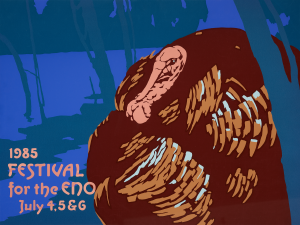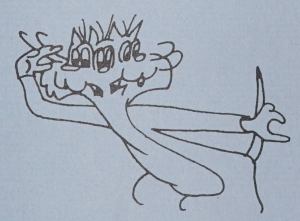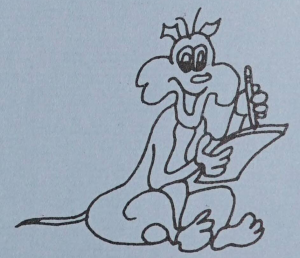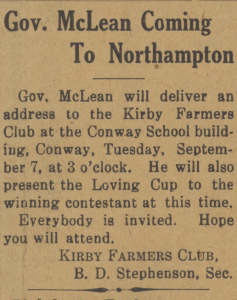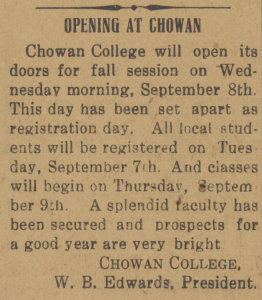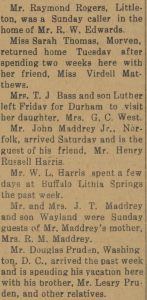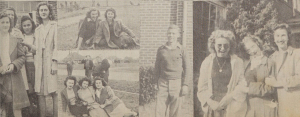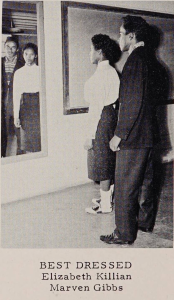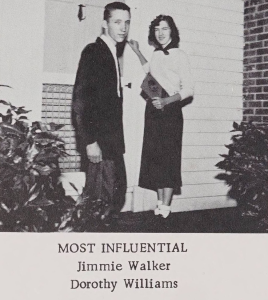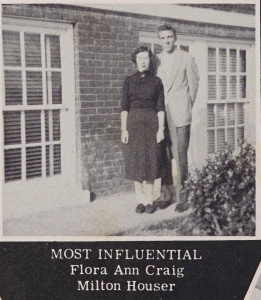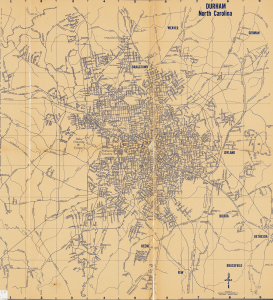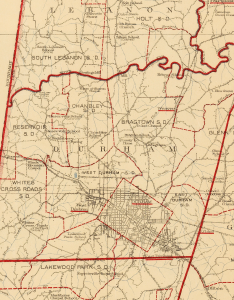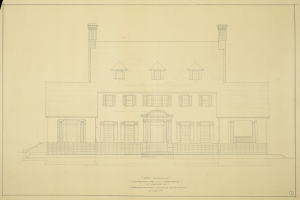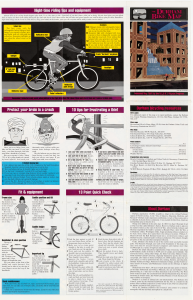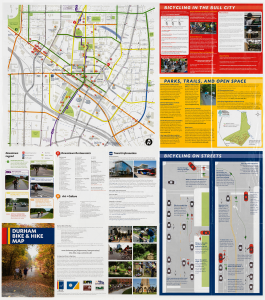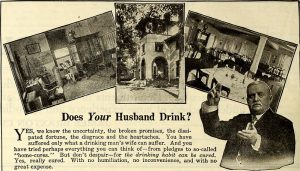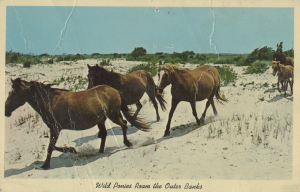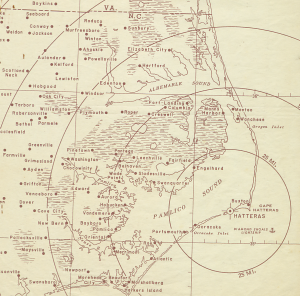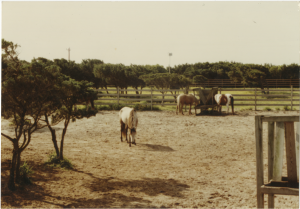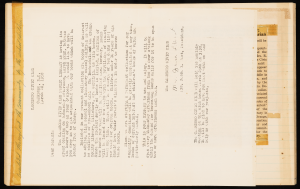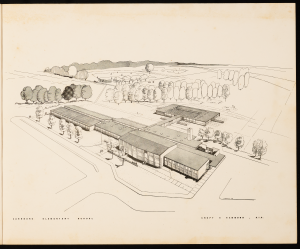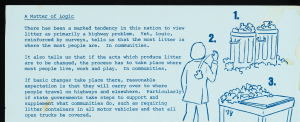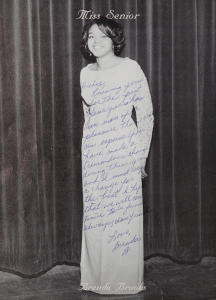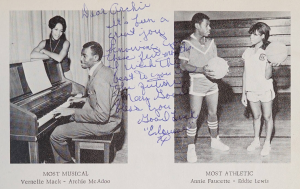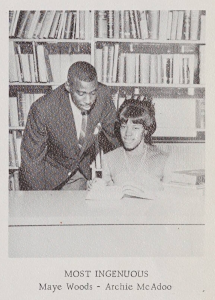
You may be surprised to learn what was worrying the citizens of Chapel Hill and Carrboro in 1958. Our most recent additions from the Chapel Hill News Leader, supplied by our partner, the Chapel Hill Historical Society, touch on everything from the University of North Carolina at Chapel Hill, civil rights, alcohol laws, and policing to some new technologies arriving the city.

July 31, 1958
One of the first big stories breaks about midway through the year: the parking meter debacle. Apparently, the Chapel Hill Board of Aldermen had been tossing around the idea of installing parking meters for a couple of years, and the decision to finally do it happened in 1958. Local businessmen immediately pushed back, arguing that instituting paid parking would hurt their businesses.
Apparently, everyone could agree on the fact that the parking meters were ugly, but the author of the article, Roland Giduz, speculated that complaints about the meters would die down once everyone realized how much they improve traffic (spoiler alert: that doesn’t really happen based on the coverage that follows).
Just below the meter gripes article is another big story of the year: school integration. It describes two issues for an upcoming school merger election: first, whether Black students would attend Carrboro Elementary School, and second, whether the Chapel Hill School Board would charge $30 tuition for students from Carrboro. (Note: more materials about Carrboro Elementary School were also uploaded in this batch, including architectural plans and a document of education specifications).
The earlier articles that this one refers to (from May 22, 1958) don’t mention race until the very last line: “As to the general pupil assignment policy for next year, [Mr. Culbreth] said that he anticipated that the Board would re-adopt the existing regulations, whereby racial segregation has been maintained.” As the July article notes, this is four years after the Brown v. Board Supreme Court decision declaring racial segregation in public schools unconstitutional.
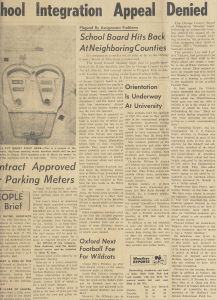
September 11, 1958
The issue gets a more personal focus in the September 11, 1958 issue, when the Orange County School Board denied Lee and Lattice Vickers’ child admittance to the then all-white Carrboro Elementary School. The Vickers’ case was set against the backdrop of ongoing school assignment problems, with neighboring school systems fighting each other over pupil placement and resources.
The fight to racially integrate schools in Chapel Hill (and throughout North Carolina) continued well into the 1960s, and, sadly, none of the community papers that we have from the area extend past 1963. One of the latest articles available, from The Chapel Hill Weekly, reports a survey of Southern business leaders and how their perspective on industry shaped their views on the matter.
But, in 1958, public school integration was still competing for front page space with—you guessed it—parking meters.
Another major debate in the community during this time was over the sale of alcohol. North Carolina was ahead of the curve of prohibition, outlawing the sale and manufacture of alcohol in 1909 (a decade before the national amendment). And, even after the repeal of prohibition in 1933, the Alcoholic Beverage Control system wasn’t created until 1937. (Graham County remained a “dry” county until just recently). In 1958, there was still a lot of resistance to the ABC setting up shop.

November 17, 1958
In this case, efforts were headed by a citizens group concerned about the effects of the ABC stores in the area. Meetings were held at the University Baptist Church, though Carolyn Noell, a spokesperson for the group, noted that local churches were only providing contacts and spaces (not serving as official sponsors).
Not long before this, the News Leader reprinted an article from the Durham Morning Herald about how lucrative the ABC stores were. Apparently, the Durham ABC stores sold almost $58 million of alcohol from June 30, 1957, to September 1958 (enough to pay for Durham’s entire share of the Raleigh-Durham airport, plus some for Lincoln Hospital, local schools, warehouse equipment, public libraries, garbage disposal services, and a rabies inspection program, among other things). To put these sales into proportion, a fifth of whiskey (from a “popular brand”) cost $3.95 back then. Certainly, money was at the heart of the argument for the Orange County Citizens for Legal Control in their ad in the January 29, 1959 issue.
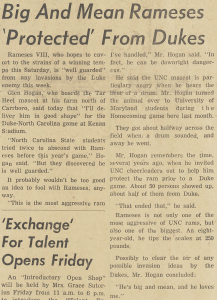 Of course, in a college town like Chapel Hill, there’s also frequent news about the University. One article, from October 2, 1958, warned that student enrollment may swell to between 12,000 and 14,000 in 1970 (today, total enrollment exceeds 30,000). And—surprise!—much of the concern about the growing student population is related to parking.
Of course, in a college town like Chapel Hill, there’s also frequent news about the University. One article, from October 2, 1958, warned that student enrollment may swell to between 12,000 and 14,000 in 1970 (today, total enrollment exceeds 30,000). And—surprise!—much of the concern about the growing student population is related to parking.
One of the funnier articles about UNC-CH is about Rameses, the live mascot (not to be confused with costumed cheerleader Rameses, former bodybuilder). Rameses VIII, then in power, was “the most aggressive ram I’ve handled,” according to Glen Hogan, his boarder. He was also one of the biggest up until then, clocking in at 250 pounds. These two facts, Hogan hoped, would dissuade rival Duke students from stealing the mascot.
The reigning Rameses (né Otis) ascended in 2020 as the twenty-second mascot. His handler, James Hogan, is part of the same family that has been caring for the mascots since the 1920s. Rameses XXII has “come a long way” in getting used to people and is (presumably) a bit sweeter than his “big and mean” predecessor—though he is still well-guarded.
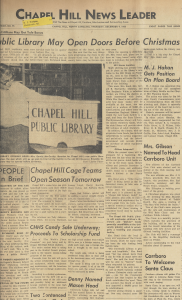
December 4, 1958
One final story from 1958 is the opening of the Chapel Hill Public Library, which was originally opened in the Hill House on West Franklin Street. The goal, according to Mrs. Richmond Bond, chairman of the board, was to “supplement” the University’s library by focusing on children’s and popular books that were generally unavailable at UNC.
Bond argued that Chapel Hill was the only town of its size in North Carolina without a public library and that the University library had “almost more than it can do” with the increase of UNC students. This led the Board of Aldermen to approve a $4,600 grant for the local library. Somebody even donated over 300 books before the library opened its doors.
In the very last uploaded issue of the Chapel Hill News Leader, from January 29, 1959, the top headline reads, “Death of a Newspaper.” Due to internal litigation, the paper had to stop running.
You can see all of our issues of the Chapel Hill News Leader here and more materials from the Chapel Hill Historical Society on their partner page. You can also visit their website for more information.
